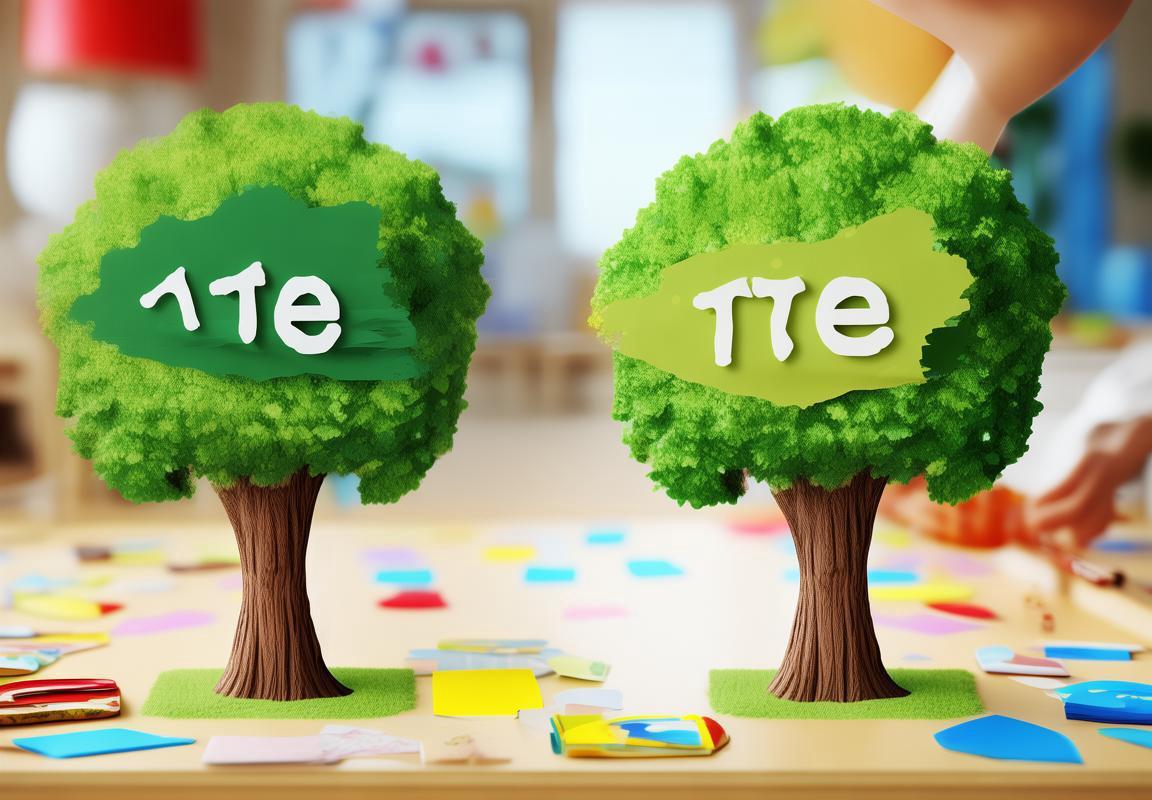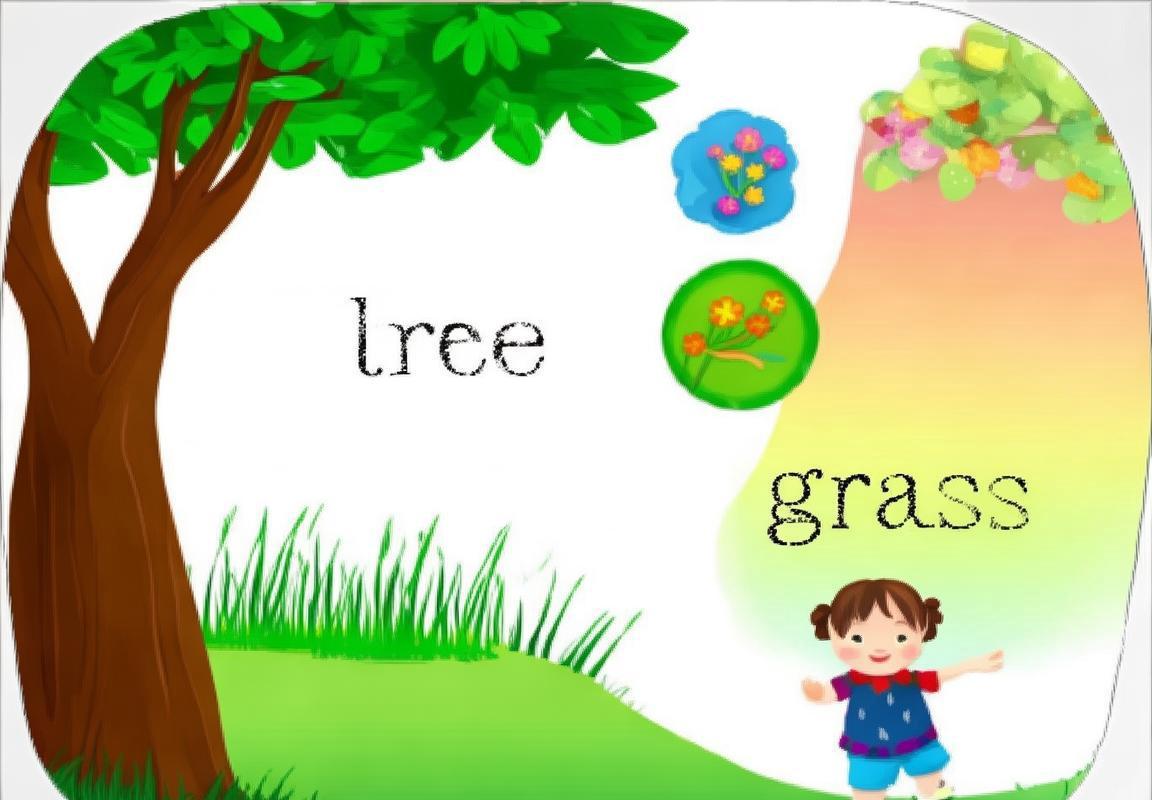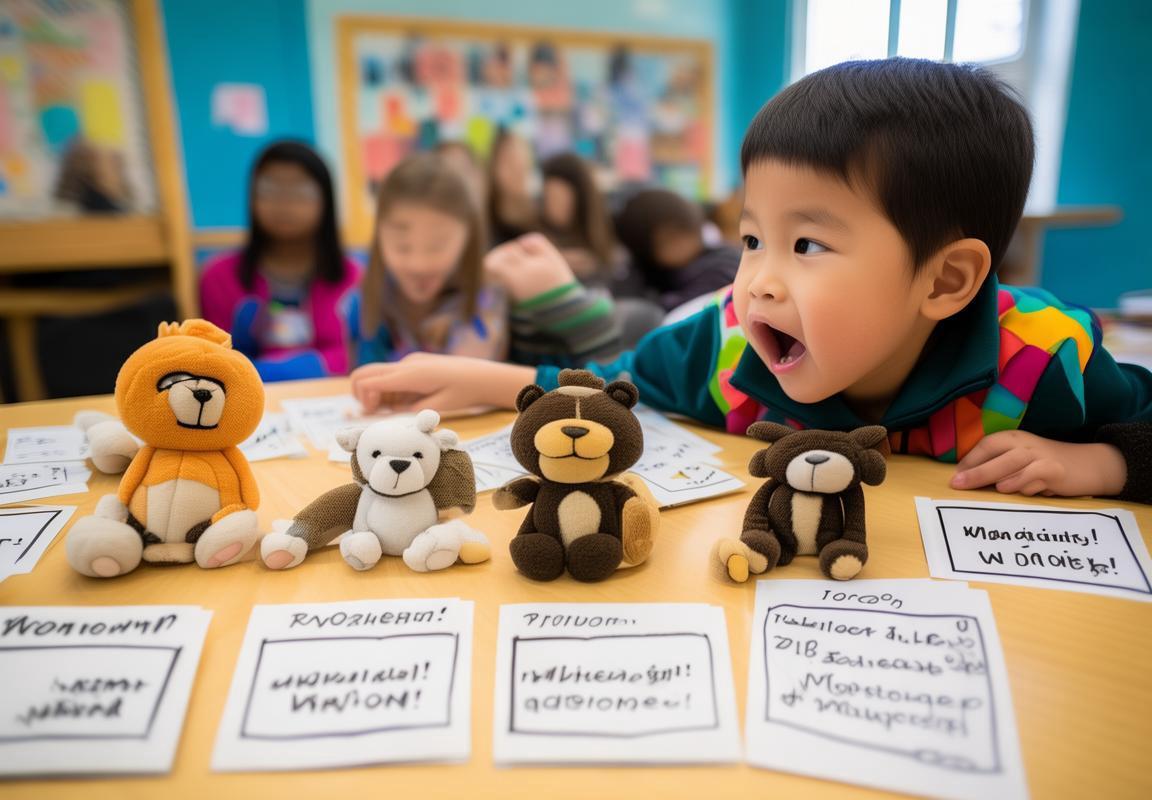เมื่อเราอยู่ในโลกที่ทรงพลังและกลางเรื่องราวที่ทำให้เรารู้สึกว่าเราไม่คงเดินทางด้วยตัวเอง เราสามารถหาความรู้และความสนใจในภาษาอังกฤษด้วยวิธีที่สนุกสนานและเข้าใจง่าย นี่เป็นบทที่จะมีเนื้อหาเรียนรู้และเกมที่ช่วยเด็กพัฒนาความรู้เกี่ยวกับภาษาอังกฤษและโลกที่เราอาศัยอยู่ โปรดติดตามเรื่องราวนี้เพื่อรับประโยชน์มากที่สุด!
หลักเนื้อหา
เรื่องเล่าเกี่ยวกับน้องแมวที่เรียนภาษาอังกฤษ
Once upon a time, in a cozy little village, there lived a curious cat named Whiskers. Whiskers was not just any ordinary cat; he loved to learn new things. One sunny morning, Whiskers discovered a magical book in the attic of his home. The book was filled with letters and words in a language he had never seen before.
Determined to learn, Whiskers began to study the book every day. He would sit by the window, watching the birds sing and the flowers bloom, and he would try to read the words out loud. It was not easy at first, but Whiskers was patient and persistent.
One day, while Whiskers was reading, he noticed a small note tucked between the pages of the book. The note said, “To learn a new language, you must practice speaking it with others.” Excited by this idea, Whiskers decided to find someone to talk to.
He wandered through the village, his tail twitching with anticipation. As he passed by the bakery, he heard the baker laughing and chatting with his customers. Whiskers knew that the baker was a kind-hearted man who loved to help others.
Approaching the bakery, Whiskers meowed softly, “Excuse me, sir, may I speak with you for a moment?” The baker looked down and saw the little cat standing in front of him. “Of course, little one,” he said with a smile. “What can I do for you?”
Whiskers showed the baker the magical book and explained that he wanted to learn the language. The baker was impressed by Whiskers’ determination and agreed to help him.
Every day after that, Whiskers would visit the bakery. He would practice reading the book to the baker, and the baker would help him understand the words and sentences. Whiskers also learned how to speak the language by listening to the baker and his customers.
As time went by, Whiskers became more and more fluent in the language. He could order his favorite treats at the bakery, ask for directions, and even tell stories. The other cats in the village were amazed by his new skills, and they would gather around to listen to Whiskers speak.
One day, Whiskers decided to share his knowledge with the other animals in the village. He organized a language class for them, and soon, all the animals were learning to speak the new language. The village became a place of friendship and understanding, as everyone was able to communicate with each other.
Whiskers, the little cat with a big dream, had not only learned a new language but had also brought joy and unity to his village. And so, the magical book remained in the attic, a reminder of the incredible journey that Whiskers had embarked on.
And they all lived happily ever after.

รายละเอียดแบบฝึกหัด

1. ภาพเรียกเลข
- ภาพ: ภาพที่มีสิ่งแวดล้อมต่างๆ อยู่ด้วยกัน
- แบบฝึก: ให้เด็กนับสิ่งที่มีในภาพและหาคำศัพท์ที่ซ่อนอยู่
- ตัวอย่าง:
- ภาพ: ภาพสวนสาธารณะ
- คำศัพท์ซ่อน: ต้นไม้, เก้าอี้, ดอกไม้, หงส์

2. ภาพจับคู่
- ภาพ: ภาพที่มีสิ่งแวดล้อมต่างๆ และคำศัพท์ที่เกี่ยวข้อง
- แบบฝึก: ให้เด็กจับคู่ภาพกับคำศัพท์ที่เหมือนกัน
- ตัวอย่าง:
- ภาพ: ต้นไม้
- คำศัพท์: tree

3. ภาพหาคำศัพท์
- ภาพ: ภาพที่มีคำศัพท์ซ่อนอยู่
- แบบฝึก: ให้เด็กหาคำศัพท์ซ่อนในภาพ
- ตัวอย่าง:
- ภาพ: ภาพวาด
- คำศัพท์ซ่อน: ท้องฟ้า, หญ้า, แดด

4. ภาพทายคำศัพท์
- ภาพ: ภาพที่มีคำศัพท์ซ่อนอยู่
- แบบฝึก: ให้เด็กทายคำศัพท์ที่ซ่อนอยู่
- ตัวอย่าง:
- ภาพ: ภาพวาด
- คำศัพท์ซ่อน: รถ, บ้าน, ต้นไม้

5. ภาพจับคู่คำศัพท์
- ภาพ: ภาพที่มีคำศัพท์และภาพที่เกี่ยวข้อง
- แบบฝึก: ให้เด็กจับคู่คำศัพท์กับภาพที่เหมือนกัน
- ตัวอย่าง:
- ภาพ: ภาพต้นไม้
- คำศัพท์: tree, flower, grass

ข้อบังคับ
- ให้เด็กมีความสนใจและกระตือรือร้นในการหาคำศัพท์ซ่อน
- ใช้ภาพที่มีสีสันและดูดวงตาเพื่อกระตุ้นความสนใจ
- ให้ตอบคำถามหลังจากการฝึกเพื่อประเมินความเข้าใจ

ประโยชน์
- ฝ

ข้อบังคับ
- สำหรับเกมการจับคู่คำศัพท์ภาษาอังกฤษกับภาพของอาหารที่เด็กชอบ:
- ให้เด็กดูภาพของอาหารต่างๆ และจับคู่กับคำศัพท์ที่เกี่ยวข้อง
- ตัวอย่าง: ภาพของขนมแหวน – “cake”, ภาพของขนมโมโย – “muffin”, ภาพของอาหารเล็ก – “snack”
- สำหรับบทสนทนาเกี่ยวกับการซื้อของในร้านของเด็ก:
- ให้เด็กตั้งตัวเป็นผู้ขายหรือผู้ซื้อ
- ตัวอย่าง: “What would you like to buy?” / “I would like to buy some apples. How much are they?”
- สำหรับเนื้อหาเรียนรู้เกี่ยวกับสัตว์ป่าในภาษาอังกฤษพร้อมเสียงสัตว์จริง:
- ให้เด็กฟังเสียงสัตว์และจดจำคำศัพท์ที่เกี่ยวข้อง
- ตัวอย่าง: หมา – “Woof! Woof!”, แมว – “Meow! Meow!”, แรน – “Roar!”
- สำหรับแบบฝึกหัดการนับเลขภาษาอังกฤษผ่านการเล่นกับของเล่น:
- ให้เด็กนับของเล่นต่างๆ และพูดคำศัพท์เลข
- ตัวอย่าง: “One, two, three… This is a dog. Four, five, six… This is a cat.”
- สำหรับเรื่องเล่าแบบอินเทอรแคททิฟเกี่ยวกับการผจญภัยในป่า:
- ให้เด็กจัดสร้างปฏิบัติการและตอบคำถาม
- ตัวอย่าง: “What did the bear find in the forest?” / “The bear found a honeycomb!”
- สำหรับเนื้อหาเรียนรู้เกี่ยวกับส่วนต่างๆ ของร่างกายในภาษาอังกฤษพร้อมการทำกิจกรรม:
- ให้เด็กทำกิจกรรมที่เกี่ยวข้องกับตัวอักษรสำหรับแต่ละส่วนของร่างกาย
- ตัวอย่าง: “Can you point to your nose?” / “Touch your ear.”
- สำหรับเกมการหาคำศัพท์ซ่อนเกี่ยวกับฤดูกาล:
- ให้เด็กหาคำศัพท์ซ่อนในภาพที่เกี่ยวข้องกับฤดูกาล
- ตัวอย่าง: ภาพหน้าตาดอง – “summer”,

ประโยชน์
- พัฒนาความรู้ภาษาอังกฤษ:
- แบบฝึกเป็นหลักประกอบในการเรียนภาษาอังกฤษของเด็ก โดยช่วยพัฒนาความรู้เกี่ยวกับคำศัพท์และบรรยายของสิ่งแวดล้อม ทั้งที่พึงพานเรียกได้ทั้งหมดและที่ซ่อนอยู่
- กระตุ้นความสนใจ:
- การใช้ภาพสดและมีสีสันที่ดูดวงตาช่วยกระตุ้นความสนใจของเด็ก ทำให้เรียนภาษามีความสนุกสนานขึ้น
- พัฒนาความสำคัญ:
- ช่วยเด็กพัฒนาความสำคัญในการตรวจหาและจับคู่อย่างสามารถซื่องสุดบันทึก ที่ส่งผลให้เด็กมีความสามารถในการเรียนรู้ทั่วไป
- การฝึกทางการเล่น:
- แบบฝึกมีลักษณะเป็นเกมการเล่น ทำให้เด็กมีโอกาสฝึกเรียนรู้แบบที่สนุกสนาน โดยไม่ต้องรู้สึกเหมือนการฝึกอย่างแรงเรียบร้อย
- พัฒนาทักษะการวิเคราะห์:
- ช่วยเด็กพัฒนาทักษะการวิเคราะห์และการจัดการข้อมูล โดยต้องหาคำศัพท์ซ่อนในภาพและจับคู่อย่างถูกต้อง
- การฝึกความสำนึก:
- ช่วยเด็กพัฒนาความสำนึกด้านภาษาอังกฤษ โดยทำให้เด็กเรียนรู้และจำคำศัพท์เรียบร้อย
- สามารถซื่องสุด:
- แบบฝึกมีลักษณะที่สามารถซื่องสุด ทำให้เด็กสามารถฝึกเรียนรู้ตลอด 24 ชั่วโมง โดยไม่จำเป็นต้องอาศัยที่สถานศึกษา
- ช่วยพัฒนาความสามารถในการเรียนรู้ทั่วไป:
- แบบฝึกมีลักษณะที่ช่วยเด็กพัฒ
